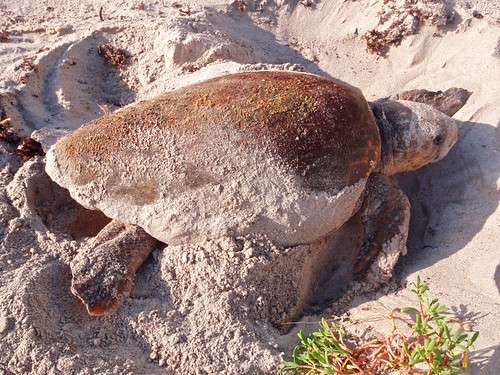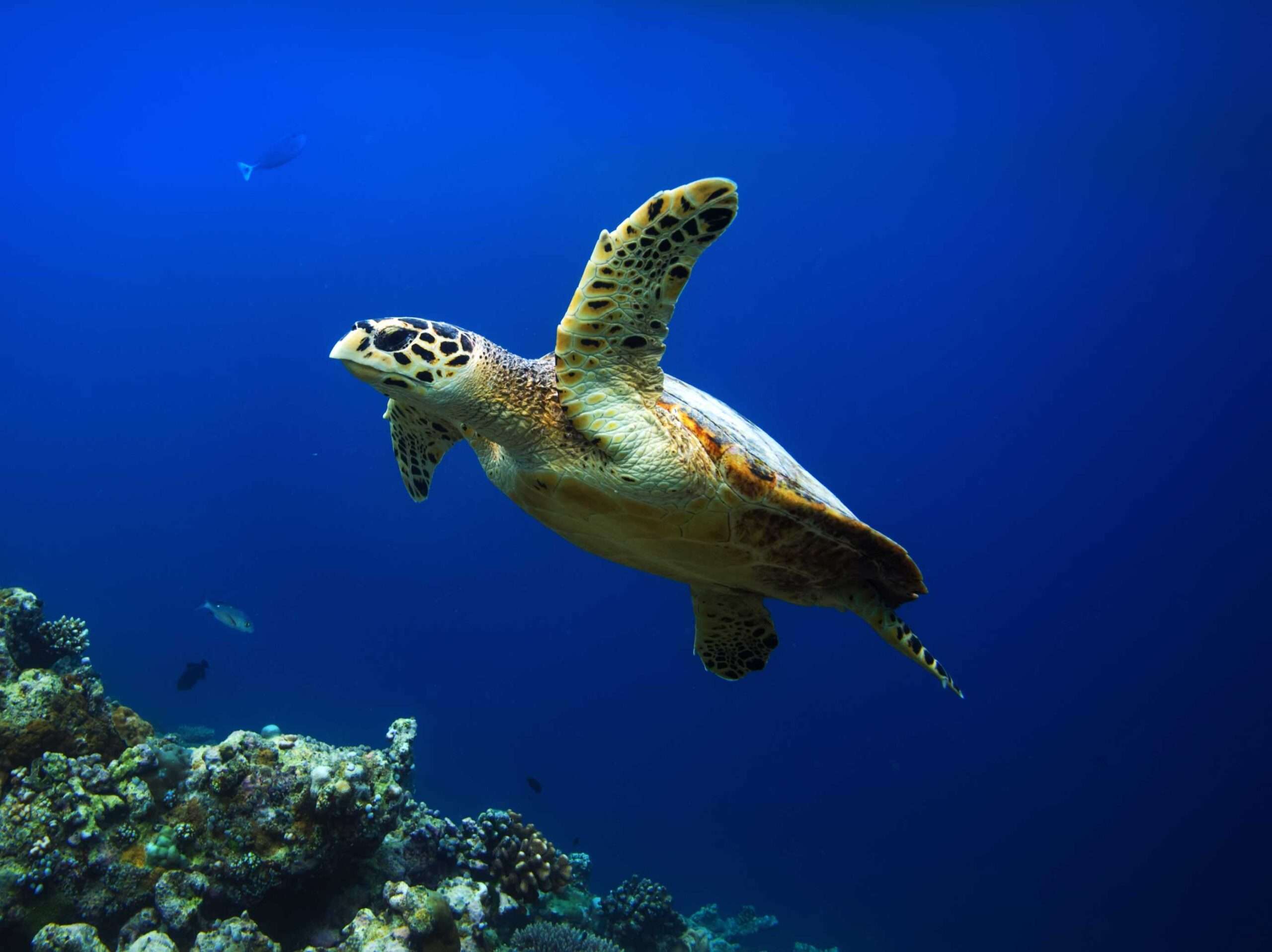Table of Contents
ToggleTurtle Life in Malta: From Ancient Shores to Modern Conservation
The warm Mediterranean waters surrounding Malta have long been home to one of the ocean’s most remarkable and ancient mariners — the sea turtle. These gentle creatures have been swimming Earth’s seas for over 100 million years, sharing the planet with dinosaurs, surviving ice ages, and adapting to changing oceans. In Malta, they’ve been part of our natural and cultural history for centuries. Once a prized delicacy, turtle meat was consumed locally until laws and conservation efforts shifted public perception. Today, sea turtles are protected, and their presence is a source of pride rather than a meal.
The Miracle of Turtle Hatching
Every summer, sandy beaches across the Mediterranean — including those in Malta and Gozo — sometimes host a rare and magical event: turtle nesting. Female turtles, usually loggerheads (Caretta caretta), return to the very beach where they were born decades earlier. They dig a deep pit with their flippers, lay dozens of eggs, and carefully cover them with sand before returning to the sea.
For about 50 to 60 days, these eggs incubate under the sun’s warmth. When the time comes, the hatchlings emerge, usually at night, and instinctively make their way toward the shimmering moonlit waves. This journey is dangerous — only about 1 in 1,000 hatchlings survive to adulthood. Predators, human disturbance, and light pollution all threaten their chances.
In Malta, Nature Trust and other conservation bodies often step in when nests are discovered. Volunteers guard the site, reduce artificial lighting, and monitor conditions to give these tiny reptiles the best possible start in life.
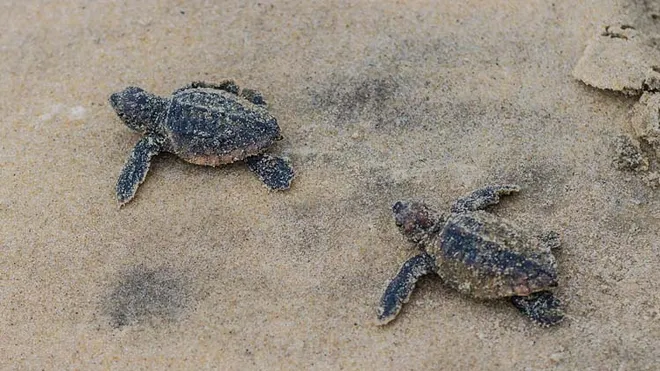
Breathing, Mating, and Life at Sea
Sea turtles are air-breathing reptiles. Despite spending most of their lives underwater, they must surface regularly to breathe. A resting turtle can hold its breath for several hours, but when active — such as during migration or when avoiding predators — they surface every few minutes.
Mating usually occurs in the open sea, with males and females meeting near nesting grounds. After mating, the male returns to open waters, while the female undertakes the exhausting nesting process. Remarkably, female turtles can store sperm from a single mating and use it to fertilize multiple clutches of eggs throughout a season.
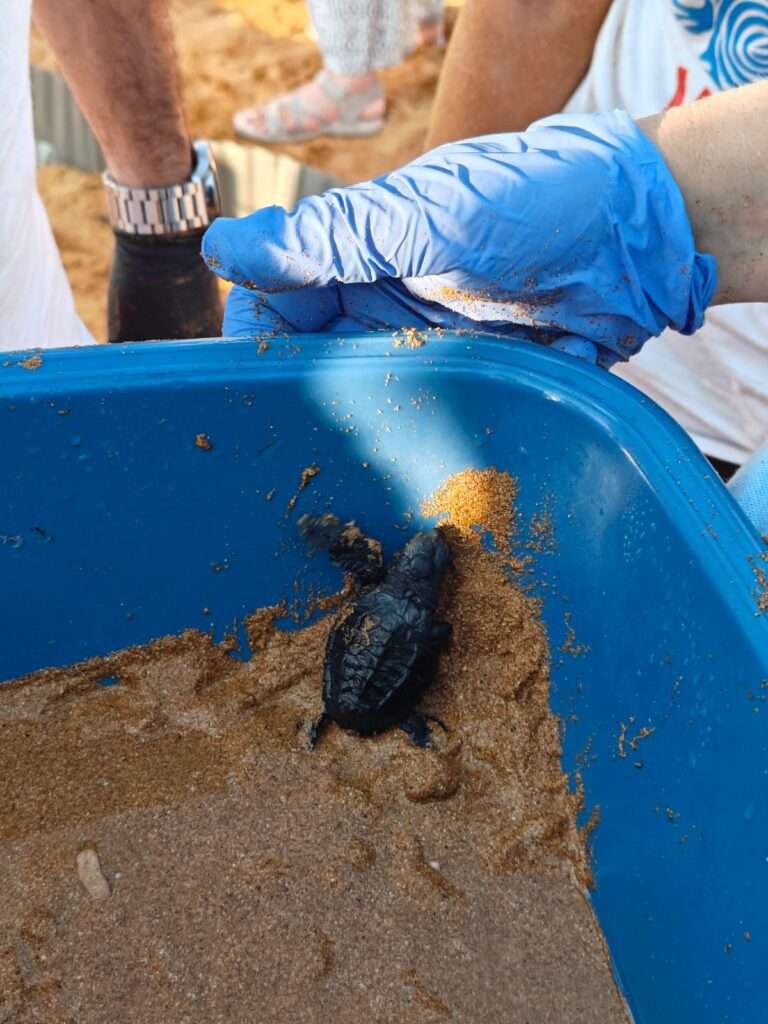
The Dangers They Face
Life for a turtle is far from easy. Natural predators include sharks and large fish, but in modern times, human activities have become their greatest challenge. Threats include:
Fishing gear entanglement — Turtles can become trapped in nets or hooked on longlines, leading to injury or drowning.
Marine pollution — Plastic waste, especially plastic bags, is deadly. Turtles often mistake them for jellyfish, one of their favorite foods.
Coastal development — Beachfront lighting and construction can disrupt nesting sites.
Boat strikes — With Malta’s busy marine traffic, turtles are at risk from speeding vessels.
Conservation programs in Malta rescue injured turtles, rehabilitate them, and release them back into the wild, often with tracking devices to monitor their journeys.
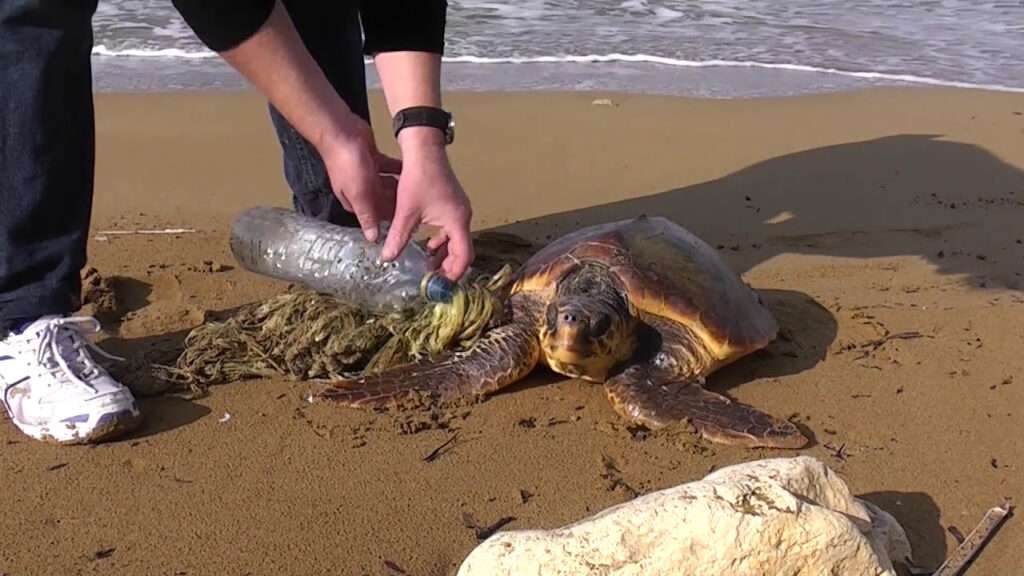
Rescuing Turtles: A Maltese Effort
When an injured turtle is found in Maltese waters, it is often taken to the Turtle Rehabilitation Centre run by Nature Trust Malta. Here, trained volunteers and veterinarians treat injuries, remove fishing hooks, and nurse the animals back to health. Rehabilitation can take months, but the moment a recovered turtle returns to the sea is always celebrated — a victory for both nature and human compassion.
Public awareness campaigns encourage boaters, divers, and beachgoers to report stranded or injured turtles immediately. Every rescue not only saves one life but also helps protect the future of the species.
What Do Turtles Eat?
Sea turtles have varied diets depending on their species and age. Loggerhead turtles, the most common around Malta, are primarily carnivorous, feeding on crustaceans, mollusks, fish, and — most famously — jellyfish. Younger turtles may be more omnivorous, while adults often specialize in certain prey.
This jellyfish connection is interesting for Malta’s marine balance. A healthy turtle population helps keep jellyfish numbers in check, which benefits swimmers and the wider ecosystem. Unfortunately, when turtles mistake plastic bags for jellyfish, the results are often fatal. Ingested plastic can block their digestive systems or cause internal injuries.
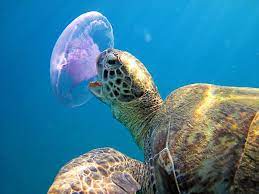
The History of Turtles in Malta
Historically, turtles were not viewed as the protected creatures they are today. In Malta, as in many Mediterranean communities, turtle meat and eggs were considered a delicacy. This cultural norm contributed to declining turtle populations across the region. Over time, international laws, EU regulations, and growing environmental awareness shifted attitudes. Today, catching, harming, or trading sea turtles in Malta is illegal, and public sentiment has moved toward admiration and protection.
A Living Link to Ancient Oceans
Turtles are sometimes called “living fossils” — their body shape and behavior have remained largely unchanged for millions of years. The same slow, graceful swimming motion we see today was once used in prehistoric seas. They are living reminders of our planet’s deep history, connecting us to a time long before humans set foot on Malta’s shores.
The Road Ahead for Turtle Conservation
While Malta has made great strides in protecting turtles, the work is far from over. Climate change is altering sea temperatures, which can affect the sex ratio of hatchlings (warmer sands tend to produce more females). Continued efforts to protect nesting sites, reduce plastic waste, and promote eco-friendly boating are essential.
Tourism also plays a role — responsible wildlife watching, education programs, and local business involvement can make a real difference. The more people feel connected to these animals, the more likely they are to help protect them.
At Bluewaves Watersports, we’re proud to support marine life. We’ve adopted Sami the Turtle through Nature Trust Malta. Our contribution helps fund Sami’s rehabilitation and journey back to the wild — promoting ocean conservation for future generations.
